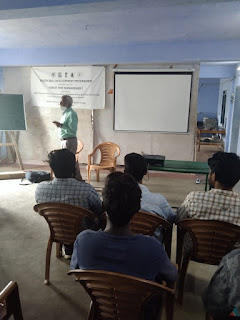Greening a barren hillock in West Bengal stops erosion, attracts birds

by Deepanwita Gita Niyogi In Paharkol hamlet in West Bengal’s Bankura district, the locals have revived a hill, through reforestation, planting over 14,000 sonajhuri trees. The work has been undertaken under the West Bengal government’s Usharmukti scheme, which targets land transformation in arid areas, with technical support from grassroots non-profit PRADAN. The hill, also called Paharkol after the village, has sacred significance as the abode of a deity that is worshipped by the local tribal community and believed to be associated with good rainfall. Rinku Gope’s hamlet Paharkol lying in Bankura district of West Bengal has become an attraction for outsiders. This Adivasi woman belonging to the Santhal tribe has helped revive a hillock believed to be the resting place of local deity Paharsene. Once a bare hillock in the hamlet of 44 households, it is now a green haven with trees that attract birds and also lock in the soil, preventing erosion. “Everyone here believes that our dei

